I just attended a Food Heritage and Culinary Practices Symposium, in Paris. The presenters ranged from high-level social scientists, French educators using art to instill traditional and cultural culinary values, Ukrainian molecular-cuisine inspired chefs distilling traditional flavors, Basque scientists who invent edible “cloches” and other marvels, Hispanic ethno botanists making villages healthy through farming, an Oregon ethnographer studying food ways in Africa.
As I mingled at this event, what struck me most was the presence of optimism in everything I heard. One could say that many of the projects being discussed were rarified to the extreme, but the energy behind them is not. I think we’re on the verge of a revolution.
The proof seems impossible to ignore. The energy present at that conference is the same as that which exists in the “bad” Parisian suburb of Seine Saint Denis (the mere mention of this neighborhood causes a scowl on most French foreheads) which was just designated the most entrepreneurial department in all of France. It is the same energy that propels Nicolas Hulot, journalist, film maker and environmentalist to galvanize generations to help save the planet; the same energy I witnessed recently in Seattle where a young urban planner, Nate Cole-Daum shepherds a think-tank of young professionals as part of a sustainable urban environment initiative; the same energy I encounter once a week at my farmers’ market where producers prosper and thrive.
This revolution is a disparate one, and its face may be unlike any we’ve seen before, but the more I listen, the more I’m convinced it’s rising all around us. It’s in the chocolate we eat, the beer we drink, the clothes we wear, the books we read. And it’s not just for the wealthy and informed. The revolution is touching villagers who work the cacao plantation and their wives, sisters, and mothers who embroider clothing which, almost accidentally, has found a market to sustain them until the cacao comes into production. Once that happens, who knows, there may be some profit to enjoy!
It is touching farmers in Lebanon and Bosnia-Herzegovina who, despite the hardships around them persist and prosper; chefs in the Ukraine, agriculture professors and their students in France, villagers in Africa. It’s in dozens, hundreds, thousands, maybe hundreds of thousands of optimistic, nuts and bolts projects that are little know yet, as they succeed the way so many already are, will keep this planet working.
So, at the risk of sounding like Polyanna, I’m excited. To celebrate, here is a great recipe for pumpkin tart, to add to your Thanksgiving repertoire!

PUMPKIN TART
This is adapted from Linda Stoltfus’s Pumpkin Pie in Farmhouse Cookbook (Workman, 1991). It is still my gold-standard, when it comes to pumpkin pie or tart!
3/4 cup plus 2 tablespoons pumpkin puree
2 lrge eggs, separated
6 tablespoons (lightly packed) brown sugar
6 tablespoon vanilla sugar
Pinch of sea salt
1-1/3 cups (330ml) whole milk
1 tablespoon unsalted butter, melted
3 tablespoons all-purpose flour
1 pre-baked, 10-1/2 inch (26.25cm) tart shell
1/4 teaspoon ground cinnamon
- Preheat the oven to 425F (220C).
- In a medium-sized bowl, whisk together the pumpkin and the egg yolks until combined. Whisk in both sugars, and the salt, milk, and melted butter. Then whisk in the flour just until the mixture is smooth.
- In another large bowl, lightly whisk the egg white until they are frothy but not stuff. Whisk them lightly into the pumpkin mixture, then it into the pre-baked tart shell. Sprinkle the cinnamon over the top.
- Bake the tart in the bottom third of the oven for 10 minutes. Reduce the heat to 350F (180C) and continue baking until the pie is nearly set but still moves slightly in the center, 25 to 30 minutes. Let it cool to room temperature before serving.
One 10-1/2 inch tart





